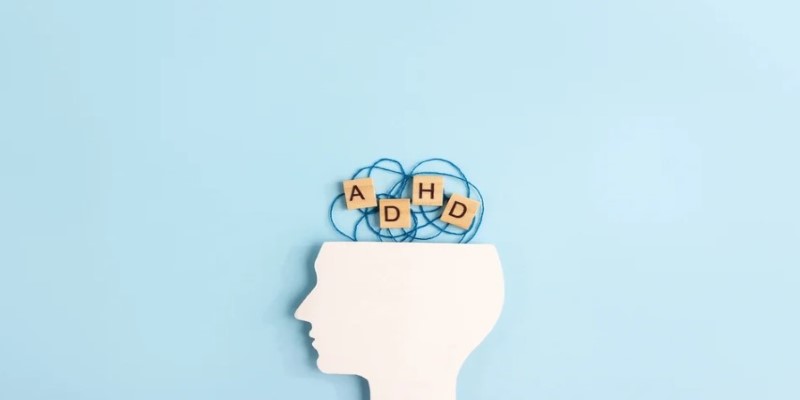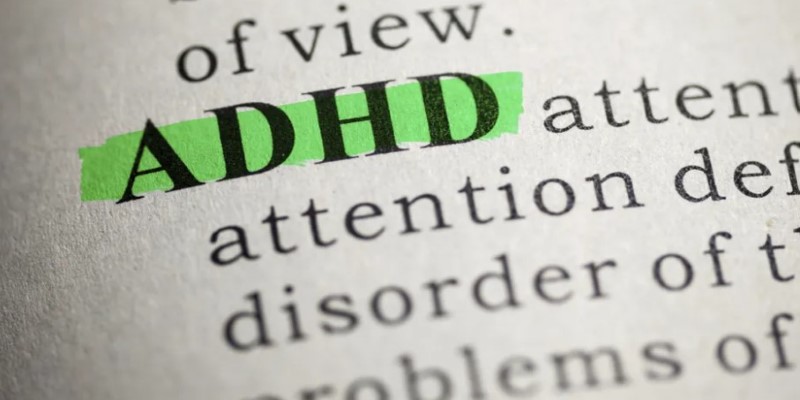What Do the Numbers You See Say About Your ADHD
Have you ever felt like the numbers you encounter daily could have more significance than just digits on a screen? While it might sound unusual, some believe the numbers we resonate with could symbolically represent different types of ADHD. ADHD isnt a one-size-fits-all condition; it comes in various forms, each with unique traits and challenges.
What if those traits had a numerical counterpart? Let's explore how your ADHD type might align with certain numbers what that could reveal about the way your brain operates and how you can better understand yourself.
The 3 Core ADHD Types
Before we dive into the idea of numbers representing ADHD types, it's crucial to understand that ADHD is generally categorized into three core types: inattentive, hyperactive-impulsive, and combined. Each of these types presents a unique set of symptoms that affect behavior, thinking, and emotional responses differently.
Inattentive Type ADHD:

People with inattentive ADHD often daydream, struggle to maintain focus, and frequently misplace items. Their wandering minds make it difficult to complete tasks or follow detailed instructions. They are perceived as forgetful or disorganized, with many, especially women, remaining undiagnosed because their symptoms are less outwardly disruptive.
Hyperactive-Impulsive Type ADHD:
Many traditionally associate this type with ADHDconstant movement, excessive talking, or impulsivity. People with this type tend to feel like they're "driven by a motor," always moving and often acting without thinking. While it's more commonly diagnosed in children, the symptoms often persist into adulthood, sometimes causing difficulties in social settings or decision-making processes.
Combined Type ADHD:
As the name suggests, this type shows a combination of symptoms from both inattentive and hyperactive-impulsive ADHD. These individuals may exhibit both daydreaming tendencies and an inability to sit still, leading to a more complex challenge in managing symptoms.
Exploring ADHD Through Numbers
Some theories suggest that the numbers or patterns we repeatedly encounter in our daily lives might align with different personality traits, even hinting at how our ADHD manifests. While this isnt a clinically proven diagnostic tool, its a creative way to understand how ADHD shows up in different people. Lets explore what each number might symbolize in relation to the ADHD types:
The Hyperactive-Impulsive Type and the Number 1
The number one is often associated with action, leadership, and energy. Similarly, people with hyperactive-impulsive ADHD tend to act quickly, without much forethought. They are known for taking initiative but may struggle with long-term focus or patience. The constant drive to be moving or achieving aligns with the characteristics of being driven by a motor, as hyperactive individuals tend to be. Just like number one, they lead with energy, sometimes to a fault, and may feel restless in situations that require calm or focus.
The Inattentive Type and the Number 2
The number two symbolizes balance, duality, and sensitivity. For individuals with inattentive ADHD, life is often a balancing act between staying grounded and getting lost in their thoughts. Just as two can signify a partnership or needing to juggle different priorities, those with inattentive ADHD must work hard to balance their mental wanderings with staying present in the task at hand. The introspective nature often leads to creativity and deep thinking, but it can also cause difficulty in following through with more mundane tasks.
Combined Type and the Number 3
Three is often seen as a dynamic number, representing creativity, expression, and the ability to adapt to multiple scenarios. People with combined ADHD exhibit both inattentive and hyperactive-impulsive traits, which makes them incredibly versatile, but sometimes overwhelmed. Just as three represent harmony and connection between different forces, individuals with combined ADHD constantly work to juggle the conflicting parts of their personalitiesenergetic bursts alongside moments of deep distraction.
The Seven Expanded ADHD Types
Beyond the primary three ADHD types, psychiatrist Dr. Daniel Amen proposed seven distinct types of ADHD, each requiring its own treatment approach. These expanded types add nuance to our understanding of the condition.
Classic ADHD: This aligns with the hyperactive-impulsive type, with hallmark symptoms like restlessness, impulsiveness, and difficulty staying seated.
Inattentive ADHD: This is the daydreamer type, characterized by forgetfulness and difficulty focusing on tasks without hyperactivity.
Over-Focused ADHD: Individuals with this type often become obsessed with tasks or thoughts, unable to shift attention. They may get stuck in negative thought loops, displaying rigid behavior.
Temporal Lobe ADHD: In addition to classic ADHD symptoms, people with this type may experience mood swings, irritability, and even aggressive behavior.
Limbic ADHD: This type is marked by emotional dysregulation, often appearing alongside chronic sadness or low self-esteem.
Ring of Fire ADHD: This is a highly intense form of ADHD, where individuals experience extreme mood swings, anger, and sensitivity to stimuli.
Anxious ADHD: Those with this type experience heightened anxiety in addition to ADHD symptoms, often feeling overwhelmed in social situations or while completing tasks.

Can Numbers Really Tell Us Our ADHD Type?
While it's a stretch to claim that the numbers you see in life directly reveal your ADHD type, the symbolic connection between certain numbers and personality traits does offer an interesting lens through which to view the condition. For instance, if you find yourself seeing the number three often, you might consider whether the dynamic, multifaceted nature of the number reflects the balance you're trying to achieve between hyperactivity and inattentiveness.
However, its important to note that ADHD diagnosis requires professional evaluation, usually through behavioral assessments and possibly brain scans in more detailed cases. Functional imaging techniques like SPECT scans can show how different regions of the brain are affected by ADHD, providing deeper insights into each subtype.
Conclusion
While numbers might offer fun metaphors for understanding aspects of our personalities or challenges, ADHD is a neurobiological condition that requires proper diagnosis and treatment. Whether you resonate with the hyperactive energy of number one or the introspective nature of number two, the most important step is understanding your ADHD type through a professional lens. Once diagnosed, tailored treatments such as therapy, medication, or lifestyle adjustments can help you thrive, regardless of which ADHD type you have.












